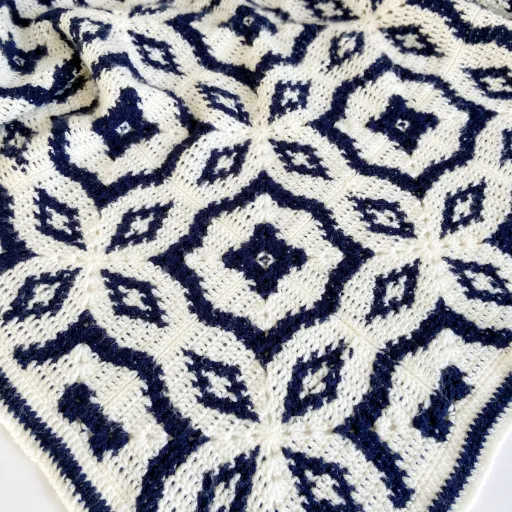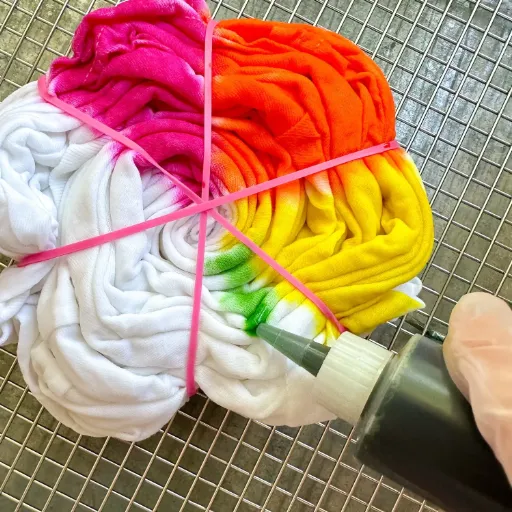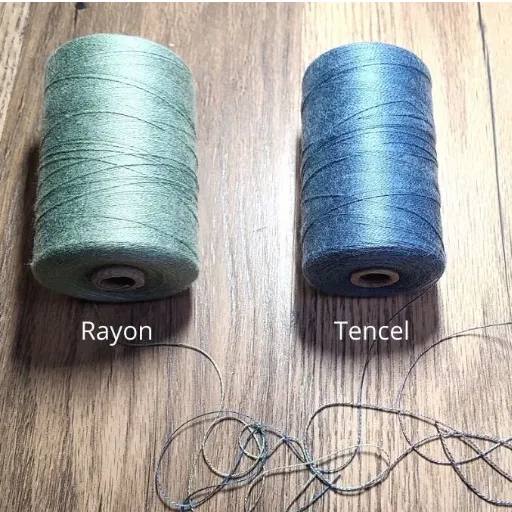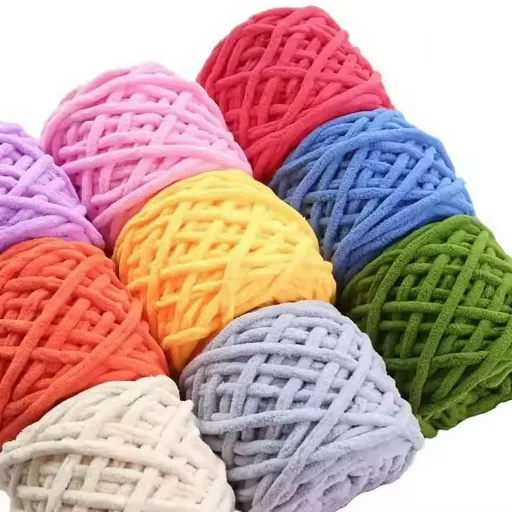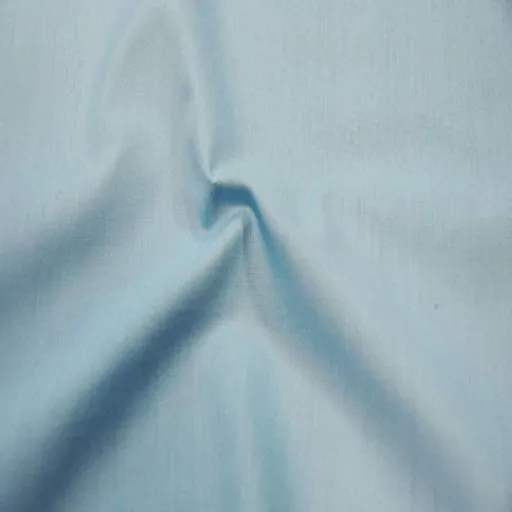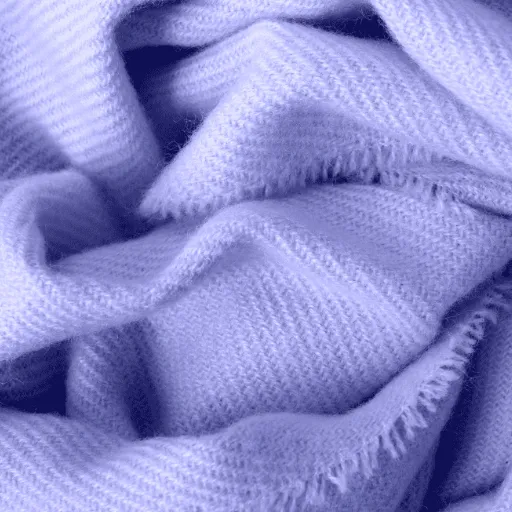Acrylic yarn has become a favorite option for both amateurs and sunrise artists because of its array of colors, cheapness, and versatility. However, garments or projects requiring flexibility and durability raise the question: Will acrylic stretch? The stretchability of acrylic yarn is a crucial consideration that must always be taken into account, ensuring that what you create retains its shape and maintains functionality over time. This essay will discuss the properties of acrylic yarns, how acrylic reacts to tension, and consequently, the importance of stretch in different projects. Whether you consider yourself a seasoned professional or a beginner, this guide will prepare you with the necessary knowledge to choose wisely when working with acrylic yarn.
What is Acrylic?

Acrylic is a synthetic fiber derived from polymers of petroleum or natural gas. Being lightweight yet sturdy, it is soft and has a wool-like texture. Due to its economic price and advantages, such as resistance to moths and mildew, acrylic is experiencing increasing use in crafts and textiles, and its color remains stable over time. Given this, acrylic requires very little care; most items can be washed directly in the machine and dried quickly. This is why the fiber is considered for making articles of clothing, blankets, or yarn-based works.
Definition of Acrylic
Due to its flexibility, acrylic is utilized by numerous industries. Besides its use in textiles, it finds extensive application in the manufacture of paints, adhesives, and coatings due to its strength and the dyes’ ability to retain color. Another primary use of acrylic is for acrylic glass, also known as Plexiglas, which is lightweight, shatter-resistant, and often serves as an alternative to glass in various construction, signage, and automotive applications. The importance of acrylic polymers is further exemplified in the cosmetics industry, where they serve as a base for nail polish and adhesives. This versatility makes acrylic a vital material for both everyday consumer goods and specialized industrial applications.
Common Uses of Acrylic
Acrylic is a universal name for all-faced products due to durability, versatility, and cost-efficient nature. It finds heavy use in architecture and interior design, with acrylic sheets often substituting for glass in windows, partitions, and decorative panels. In the automotive industry, it was used in light covers and dashboards due to its lightness and impact resistance. The medical field also utilizes acrylic to produce prosthetics, dental, and surgical devices, highlighting its biocompatibility. Advertising sees components built from acrylic for illuminated signs, displays, and logos. These varying usages essentially position acrylic in a pivotal role in modern manufacturing and design.
Key Properties of Acrylic
Acrylic is renowned for its remarkable flexibility and unique properties, which have made it indispensable in various industries. Its primary considerations include:
- Transparency and Clarity: Acrylic has excellent optical clarity, allowing it to transmit 92% of visible light, making it an excellent replacement for glass in situations where visibility and brilliance are of utmost consideration.
- Durability: Acrylic, being lightweight, offers high-impact resistance and hence stands the test of time better than its counterpart, glass.
- UV Resistance: A key feature of acrylic is its ability to resist the harmful ultraviolet (UV) rays, which prevents the product from yellowing and degrading when exposed to prolonged sunlight.
- Adaptability: While heated, acrylic can be easily molded into any desired shape, retaining its form after cooling, thus providing ample opportunity for manufacturers to get creative with their designs.
- Weather Resistance: It meets the condition of weather resistance, allowing it to handle extreme climates effectively by remaining balanced concerning temperature, with minimal wear and damage.
Properties of Acrylic Materials
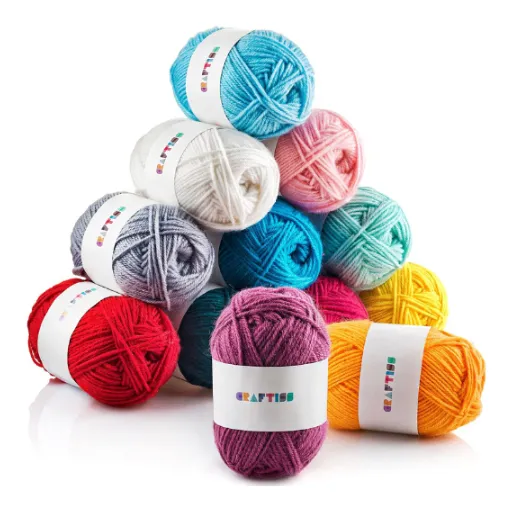
Acrylic yarn is a synthetic fiber renowned for its exceptional durability and versatility. Some of the typical properties identified with acrylic yarn are:
- Softness: The yarn feels soft to the touch, making it suitable for use in clothing, blankets, and a wide range of other applications.
- Lightweight: It is lightweight, providing comfort to the wearer without adding extra bulk to the apparel.
- Resistance to Wrinkling: The wool resists wrinkling and retains its shape well, ensuring long-lasting use.
- Moisture-Wicking: It moves moisture away from the skin as fast as possible, thereby facilitating wearer comfort in varying weather conditions.
- Color Retention: The yarn is well-suited for staining, ensuring colors will be brilliant and long-lasting.
- Affordability: Synthetics are generally less expensive than natural yarns, such as wool, and yet they share many common traits.
Heat Sensitivity and Its Effects
High temperatures do have one disadvantage that acrylic cannot afford: it is sensitive to them. When improperly exposed to high temperatures, the material may soften, warp, or lose its mechanical strength. Typically, acrylic melts at approximately 320°F (160°C), but even at considerably lower temperatures, working with it or exposing it to heat for extended periods can cause deformation. Therefore, proper installation and use become even more critical, especially in applications where heat levels are consistently high. Manufacturers generally recommend keeping the sheets away from direct sources of heat.
Elasticity of Acrylic
This material is versatile and offers moderate elasticity, allowing it to withstand some degree of stress without undergoing permanent deformation. Thin sheets particularly show some elasticity when bending under some pressure, but would bend away after stress has been applied if such force is within the material’s yield strength. This property makes acrylic suitable for applications that require bending and resilience, such as display panels or protective covers.
Acrylic Yarn
Acrylic yarn is renowned for its stretch and durability. Acrylic yarn, unlike natural fibers, retains its shape even after stretching slightly. The natural properties of acrylic yarn enable it to be used in the production of clothing that is both comfortable and durable. However, being a lightweight fiber resistant to mothing and mildew, acrylic yarn is widely seen as an alternative to wool and other fibers in colder areas. Furthermore, with the development of fabrication technologies, acrylic yarn has become softer and more performant, making it acceptable for many applications.
Factors Affecting Acrylic’s Stretchability
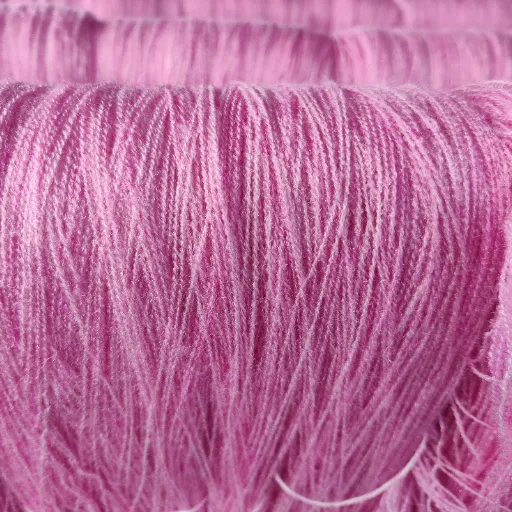
Temperature
Warm temperatures allow acrylic to stretch more easily until it reaches its breaking point. Too much heat can cause warping or weakening, however.
Thickness
Thicker and less flexible materials mean corresponding to greater demands for very thin lexed.
Load Type
Stress behavior varies depending on the force application technique (e.g., gradual versus sudden). Gradual load assignment is less apt to provoke cracking than sudden attacks.
Quality and Composition
Depending on the manufacturing process and purity of the material, some variability may occur in the level of stretchability offered; however, good-quality acrylic typically displays more consistent and predictable characteristics.
Surface Defects
Scratches, cracks, and damage create stress-concentration points, thereby reducing their ability to stretch.
Material Construction in Knits
Interlocking loops of yarns are created to provide flexibility and stretch in knitted fabrics. Hence, they gain these features over the woven ones. Knit fabrics can be classified equally into two primary types: weft knits and warp knits. Weft knits involve the horizontal looping of yarn, as exemplified by jersey fabric, whereas warp knits employ vertical looping motions for added strength and stability. According to the latest versions, an improvement in the liberty and strength of knits has been observed when mixing synthetic fibers, such as spandex, with natural fibers. Moreover, it has been suggested that the performance characteristics of fabric construction, which include looser or tighter gauge, affect breathability, sturdiness, and stretch recovery.
Impact of Moisture and Wet Conditions
Moisture and wet conditions consistently impact the performance and serviceability of knit fabrics. Recently, it has been reported that at extreme moisture levels, the tensile strength of certain materials, such as naturally occurring fibers like cotton, can be altered. This is due to the ability of fibers like cotton to absorb water and swell. This swelling becomes a matter that diminishes durability and increases the chances of deformation over time. Synthetic fibers, however, are noted to stand water better as they are hydrophobic and hence comprise a barrier for the absorption of water by the fiber, thereby maintaining their integrity when the surroundings are wet.
Some knit fabric constructions can be achieved by combining natural fibers with synthetics, thereby mitigating the negative aspects associated with moisture. For example, fiber blends with spandex and/or moisture-wicking technologies accelerate dry time and restore the shape of the fabric. The latest trending searches also indicate a rising consumer demand for water-repellent or waterproof knits, showcasing another shift in focus towards functional apparel that can withstand the weather. This trend further demonstrates that fabric innovation is essential in finding solutions related to wet conditions.
Role of Heat Application
The application of heat has been a significant factor in enhancing the performance and durability of modern textiles. Given moisture-wicking or water-repellent properties, heat-treated fabrics within a specific temperature range can activate the functions imparted to them, such as faster drying or increased breathability. There has been a notable increase in consumer interest in heat-resistant and thermally adaptive garments, particularly in activewear and outdoor apparel, according to the latest search data. This increasing curiosity translates to the need for heat-responsive materials to meet the demand—and to provide consumers with suitable solutions that can adapt to the changing temperatures and conditions of nature.
Blends with Other Fibers
Pairing thermally sensitive materials with other fibers has traditionally been used to enhance both their performance and aesthetic appeal. Recent search data indicate that consumers are increasingly seeking fabrics that combine thermal adaptability with comfort and durability. Creating a plural form of materials with natural fibers, such as cotton, or synthetic fibers, like polyester, enhances their versatility in fulfilling various user demands. For instance, a combination of thermally adaptive fibers and moisture-wicking technology could be used in textiles designed to respond to temperature changes while remaining dry and comfortable. These types of blends are now the focus of manufacturers seeking to fulfill the needs of eco-conscious consumers who want performance from the products they choose.
Practical Applications and Scenarios
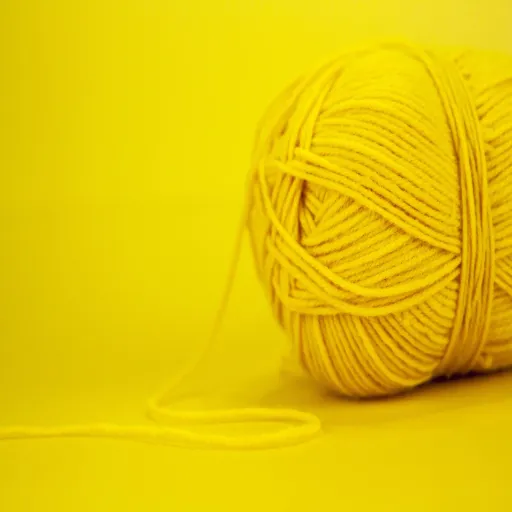
Blended fabrics find versatile applications in the practical realm across many industries. For example, in sportswear, the combination of stretchy synthetics, such as spandex, with breathable fabrics ensures flexibility and comfort during vigorous activities. For outdoor applications, moisture-wicking and thermally adaptive blends offer durability and flexibility in response to changing weather conditions. In everyday wear, a cotton-polyester mixture creates garments that are soft and resistant to wrinkles, making them great for work or casual environments. There are many use cases for these blends that address specific concerns, improve functionality, and the overall experience.
Fashion and Clothing Considerations
Being trendy is something that comes with clothing and fashion, but practical functionality is of high priority in the minds of modern consumers nowadays. In recent months, searches on fashion have tended to lean heavily on sustainability and eco-conscious considerations. Consumers are increasingly seeking out brands that utilize recycled materials, employ ethical production practices, and maintain transparency regarding their supply chains. The shift advocates for a purchase with a purpose, where fashion is also a matter of environmental concern. From this perspective, the primary objective of integrating fabric technology with sustainability is to enable the fashion industry to meet the demands of the new generation and stay competitive in the market.
Crafting and DIY Projects with Acrylic Yarn
Acrylic yarn remains popular due to its affordability, wide range of vibrant colors, and flexibility. One of the commonly asked questions in the crafts community is, “What projects require acrylic yarn?” Search trends reveal some of the most sought-after ideas: plush blankets, brightly colored scarves, and sturdy tote bags. It is also great for beginners to work with, thanks to its ease, making it an excellent option for those who want to try knitting, crocheting, or weaving. It lasts long and withstands regular washing, making it ideal for creating items around the house that will last, such as dishcloths and decorative pillowcases. All yum if you are experienced in the arts or new to them!
Home Textiles and Acrylic
Acrylic yarn is a type of yarn widely used in home textiles due to its affordability, versatility, and extensive color options. Being a synthetic fiber, acrylic yarn can be created in many textures and thicknesses to match the requirements of any craft. Apart from its light weight, it is robust and durable, and hence can be used in everyday household items such as blankets, rugs, and cushion covers. Additionally, these yarns do not fade easily. They are easy to maintain, ensuring that any creation retains its good appearance and color for years to come. Hence, acrylic yarn is an efficient and economical solution for fine and yet practical home textiles for both artisans and consumers.
Industrial Uses of Acrylic
Acrylic is an expensive and versatile substance that finds its major applications, notably in manufacturing glass alternatives, such as acrylic sheets. These sheets are lightweight, impact-resistant, and transparent, making them a perfect substitute for automotive windows, protective barriers, and signage. The acrylic substance is preferred for outdoor use because of its weather-resistant properties. Acrylic is widely used by other industries, such as textile manufacturing, to produce synthetic fibers for garments, upholstery, and carpets. Other uses include paints, adhesives, and coatings, where it enhances both durability and aesthetic value. The flexibility and affordability of acrylic keep it in demand in both commercial and industrial sectors.
Tips for Working with Acrylic

- Use the Right Tools – Smooth metal or bamboo needles or crochet hooks are ideal for working with yarn as they do not snag it.
- Tension Management – Acrylic yarn tends to stretch, so ensure you always maintain tension on the yarn for even stitches.
- Proper Washing Techniques – The majority of acrylic yarns can be washed in a washing machine; however, it is always best to check the label for specific care instructions to ensure optimal durability.
- Blocking Acrylic Projects – Steam blocking is preferable with acrylic yarn as it sets the stitches without harming the acrylic.
- Avoid High Heat – Due to the nature of acrylic, it can melt at extremely high temperatures. Therefore, always use a low heat setting when pressing or washing.
Stretching Acrylic Garments
Stretching an acrylic garment is a delicate matter, as acrylic is a synthetic fiber that does not stretch naturally like cotton or wool does. To stretch gently, soak the acrylic article in lukewarm water with a small amount of fabric conditioner or hair conditioner. This must relax the fibers. After about 30 minutes, remove it gently. Next, set it on a flat surface over a clean towel and gently stretch it to its desired size or shape, avoiding a too-hard pull. Allow the acrylic item to air-dry thoroughly, keeping it in its original shape. Also, keep in mind that overstretching it might render it disfigured from its original form, so it’s better to proceed slowly, step by step.
Caring for Acrylic Materials
Generally, I prefer to emphasize gentle handling for acrylics to preserve their quality. I prefer not to expose these materials to high heat during any part of the washing, drying, or ironing process; instead, I use lukewarm water and a mild detergent. I wash acrylics gently and then let them dry flat, not hanging, as this helps avoid pilling or damage. By taking care, I ensure the acrylic pieces remain in excellent condition for an extended period.
Choosing the Right Acrylic Blend
The acrylic blend to pick is based upon your specific needs: for apparel, upholstery, or crafting. Apparel-wise, a blend with natural fibers such as cotton and wool will provide, among other things, breathability and comfort for everyday use. Laundering and maintenance, acrylic-polyester blends will become your best performers when working with upholstery and purportedly stain- and wear-resistant, no? Come down to the very purpose behind selecting an acrylic blend: utility needs and preferences from an aesthetic viewpoint.
Reference Sources
Here are three professional and authoritative sources discussing the stretchability of acrylic materials:
Understand Your Fibers | Textiles (University of Georgia Extension):
The fiber was acrylic, of which slight coverage about its properties was given, mostly about its strength and lightness, as well as its heat resistance.
NATIONAL ADVISORY COMMITTEE FOR AERONAUTICS (NASA):
Tests on acrylic plastic sheets, including their biaxial stretching and elongation properties, are explored in this document.
Adhesion Performance and Recovery of Acrylic PSA (PubMed Central):
To comprehend an acrylic’s capability to stretch, the modulus conditions must be investigated in conjunction with the elongation and recovery properties of acrylic pressure-sensitive adhesives.
Frequently Asked Questions (FAQs)
Can I make acrylic yarn stretch more?
You can make acrylic yarn stretch more by blocking your finished projects. Blocking involves wetting the item and shaping it to the desired dimensions, allowing it to dry in that position. This can enhance the drape of your garment or accessory, making it appear more fluid and less stiff.
Does washing and drying affect acrylic yarn stretch?
Yes, washing and drying can affect the stretch of acrylic yarn. When machine-washed, acrylic fibers may lose some of their elasticity if they are subjected to high heat in the dryer. It is advisable to wash acrylic items in cold water and air-dry them to maintain their stretch and shape.
What happens to acrylic yarn when exposed to direct sunlight?
Direct sunlight can cause acrylic yarn to fade over time, affecting its color and overall appearance. While acrylic yarn is durable, prolonged exposure to sunlight can weaken the fibers, potentially leading to reduced stretch and a shorter lifespan for the yarn.
How do I test the stretch of my acrylic yarn?
You can test the stretch of your acrylic yarn by creating a swatch. Knit or crochet a small sample and gently pull on it to see how it reacts. This will give you a better understanding of how the yarn behaves and its elasticity before starting a larger project.
What is the best way to care for my acrylic sweater?
To care for your acrylic sweater, machine wash it on a gentle cycle with cold water and avoid using high heat in the dryer. This will help maintain the fabric’s stretch and overall integrity. If you’re concerned about shrinking or losing shape, air drying is the best option.
Are there any benefits to using acrylic yarn for knitting for beginners?
Acrylic yarn is an excellent choice for knitting for beginners due to its affordability, wide variety of colors, and ease of care. It is also less prone to pilling compared to natural fibers, making it a practical option for new knitters who want to create durable and long-lasting crochet projects or garments.
Does acrylic yarn stretch?
Acrylic yarn does have some stretch, but it is generally less stretchy compared to natural fibers such as wool or cotton yarn. The stretchiness of acrylic yarn can vary depending on its composition and the degree of tightness with which it is spun. When working on crochet projects or knitting for beginners, it’s essential to consider this aspect, especially if your design relies on elasticity.
How does the stretch of acrylic compare to wool yarn?
Acrylic yarn stretches less than wool yarn. Wool fibers have natural crimping that allows them to bounce back to their original shape after being stretched. In contrast, acrylic fiber may not return to its original shape as effectively after long periods, particularly if it has been machine-washed and dried.








